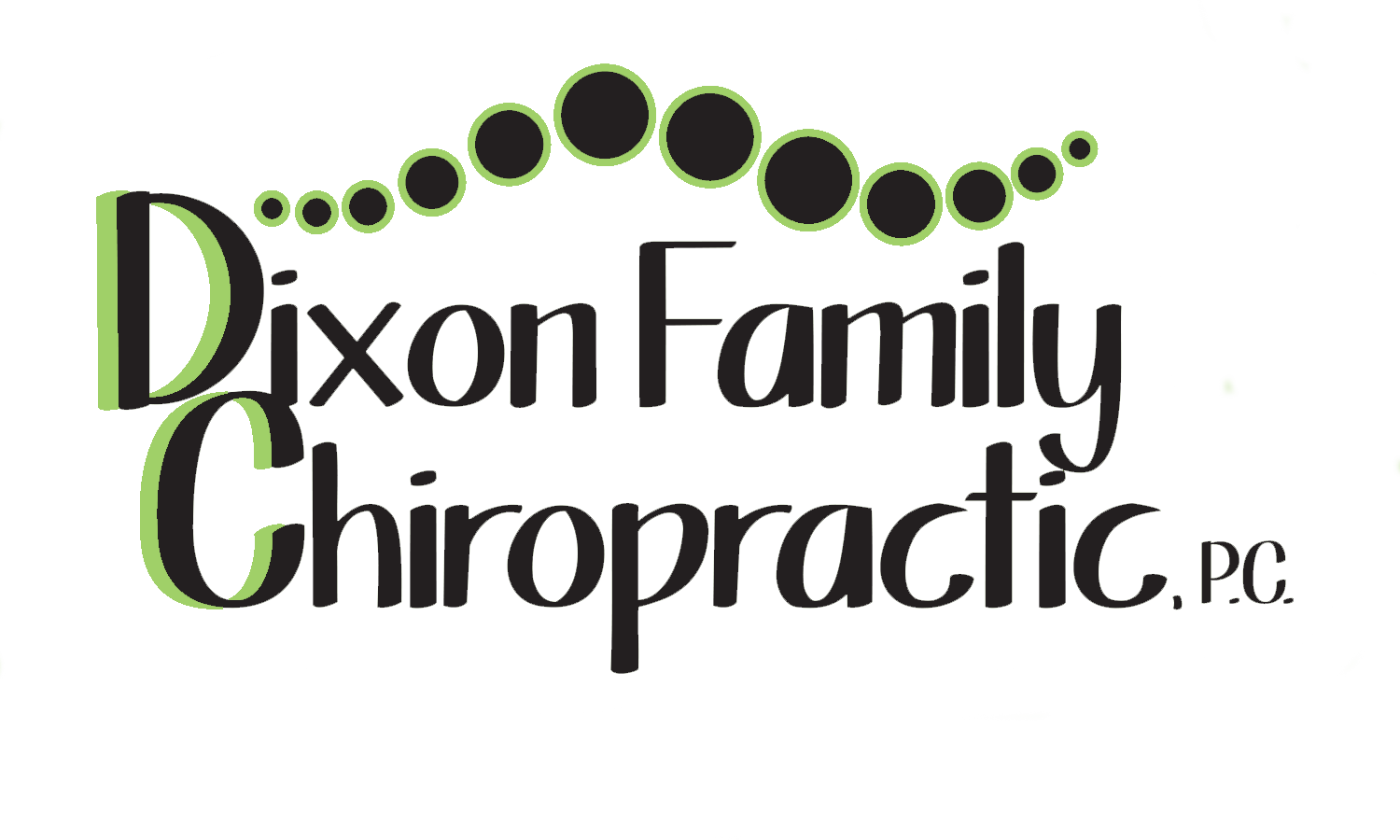You Are Not What You Eat
You are not what you eat.
I am sure you have heard people say this phrase, “you are what you eat”. A more accurate way to say this is, “you are what you eat, digest, absorb, and eliminate”. Each one of these steps in the Digestive System is necessary for ideal health.
Digestion can be broken down into four simple steps that rely on muscles, acids, enzymes, hormones, and other things to break down what is eaten into amino acids, fatty acids, simple carbohydrates, vitamins, and minerals.
Problems with any one of these steps can sabotage your health.
Four Critical Steps
The Digestive System has been called the gastrointestinal tract, GI tract, and gut. It begins at your mouth and ends at the anus.
Critical players include the mouth, stomach, pancreas, liver and gallbladder, small intestines, and large intestines. Problems in any of these areas can sabotage nutrient absorption and your health. Also please remember, nothing in the Digestive System can work correctly if you are not eating the correct foods- following the 7 Systems Plan eating guide.
Here’s How it Works:
Step One: Ingestion
You may think that the digestive process begins when food enters your mouth. It actually begins even before that, when you smell or even think about food. Ever notice your mouth beginning to water when you are looking at something tasty. When you do, your body is beginning to release enzymes and hormones to aid in the digestive process that is about to occur.
Saliva in the mouth begins the digestive process. The saliva helps lubricate the food, so it can slide down your esophagus easily, but also contains the digestive enzyme amylase, which starts the breakdown of gluten and carbohydrates.
Complete digestion will be very difficult if you do not chew your food adequately. One third of the digestive process occurs in your mouth. Make it a goal to chew each bite at least 20 times to aid in the digestion.
Step Two: Digestion
Once the mouth has done its job, food slides down the esophagus and into the stomach where more intense digestion occurs.
There are multiple enzymes and acid in the stomach that break down food more thoroughly. Protease and hydrochloric acid break down protein, including whey and casein.
Once the stomach has digested the food adequately, it enters the small intestines where:
The pancreas releases more protease and amylase to continue the breakdown of proteins, fat and gluten.
The liver also contributes to the digestive process, releasing bile to help break down fats.
The intestinal cells continue to aid in the process by releasing peptidases, sucrase and lactase, which help break down peptides, sucrose, lactose, and maltose.
Having the necessary digestive enzymes and a healthy Digestive System is critical for this process to occur. We will take more about problems with these enzymes in upcoming newsletters.
If you have damaged your intestinal cells, it will be more difficult to digest milk and gluten containing products. This is one of the reasons why, on the 7 Systems Plan, we recommend removing these things if you have significant health problems.
Step Three: Absorption
If everything has gone correctly, all the major contributors have done their job and have broken down the food. The nutrients are now transported from the cells lining the intestinal track into the bloodstream, to be delivered to the body’s cells.
It is critical that the one layer of cells coating the intestinal track maintain their tight junctions. Harmful foods, drugs, toxins, stress and bad bacteria can cause gaps in these tight junctions between these cells, allowing food that is not digested and bacteria to enter the bloodstream, triggering a cascade of harmful effects throughout the body. Autoimmune diseases frequently have their root here.
You have probably heard the term ‘leaky gut’. It occurs when there is a breakdown the tight junctions, leaving gaps between the intestinal cells. Think of it like a dam that controls the water flow downstream by regulating how much water is released. Leaky gut is like having a broken dam that allows everything to go downstream with devastating effects, including activating your Defense System to attack the body. We will take a deeper look at this in future newsletters.
Leaky gut is a serious problem that affects many people. The good news is you can repair leaky gut with the 7 Systems Plan.
Step Four: Elimination
Once the body has removed all of the macro and micronutrients, the remains enter the colon. It is a combination of water, electrolytes, as well as waste products, like fiber, dead cells from the intestinal track, toxins, and hormones that the body is trying to eliminate. In the colon, water and electrolytes from this material are reabsorbed to hydrate the body. The remaining material is packed into a solid form in the sigmoid part of the colon, awaiting elimination.
It is critical that material not remain in the colon too long. Extended time can allow some of these toxins to re-enter the body. Would you put your bowel moment in a pan on the stove and let it simmer at 98 degrees for three days? Of course not!
I encourage everyone to get your Digestive System working correctly, and having daily bowel movements is a critical part of this. Look for more helpful information in future newsletters. If you struggle with constipation, check out the Colon Care Course.
The 7 Systems Plan helps us to live life to the fullest! The 7 Systems Plan focuses on improving all areas of your health.
For your health
Dr. Pat


